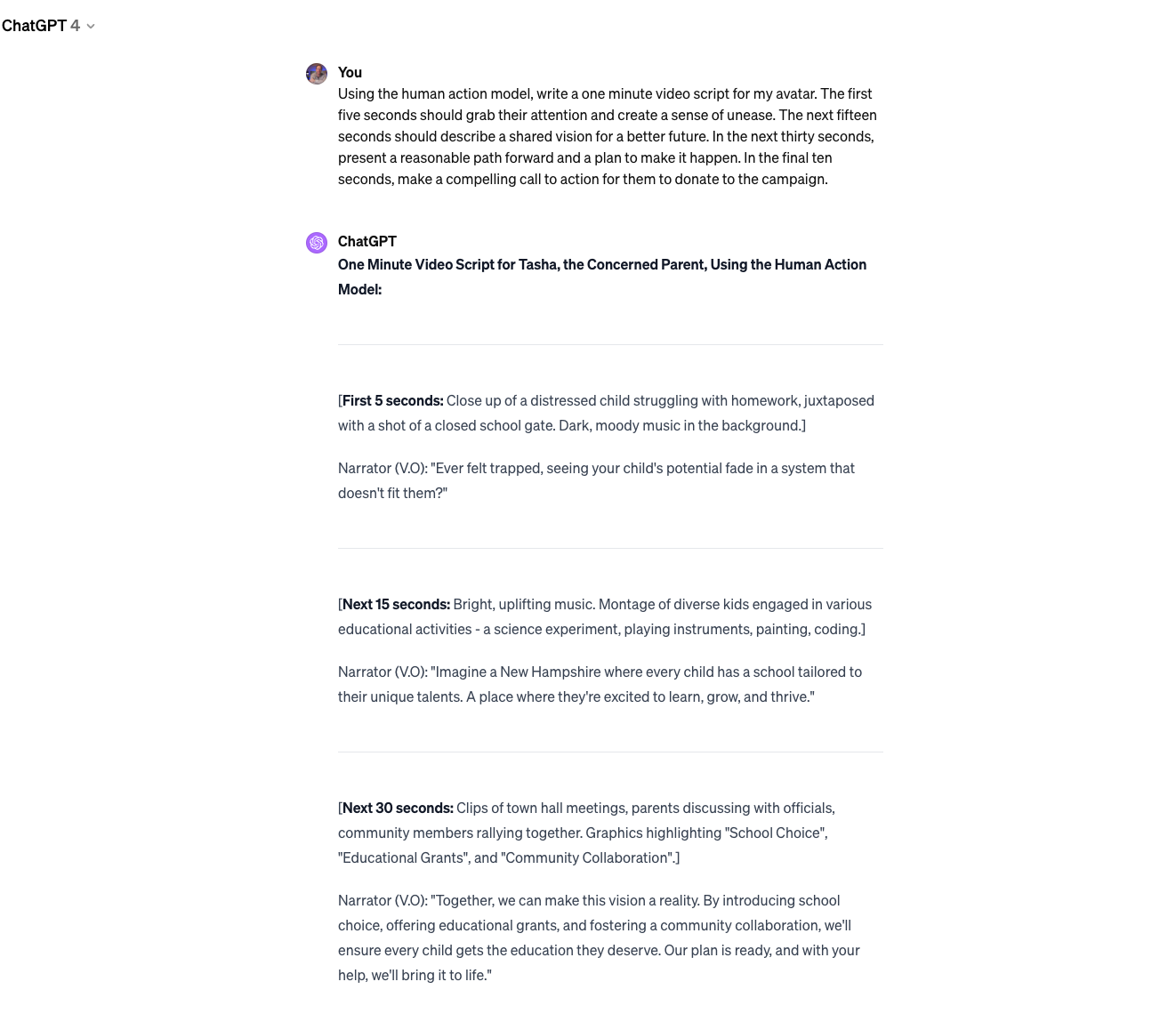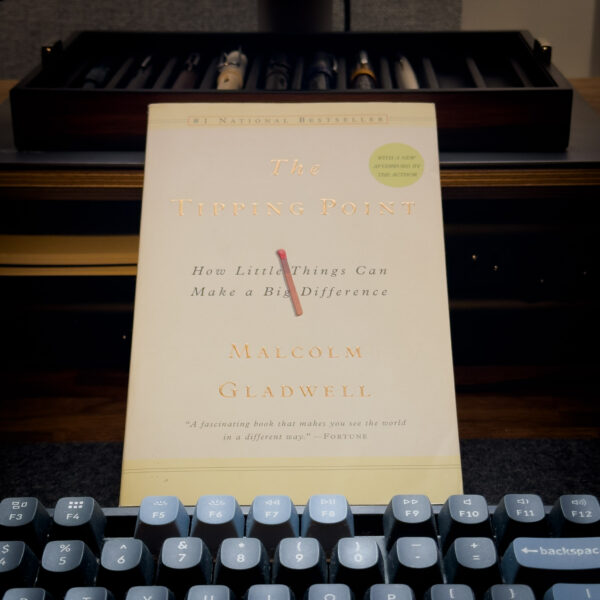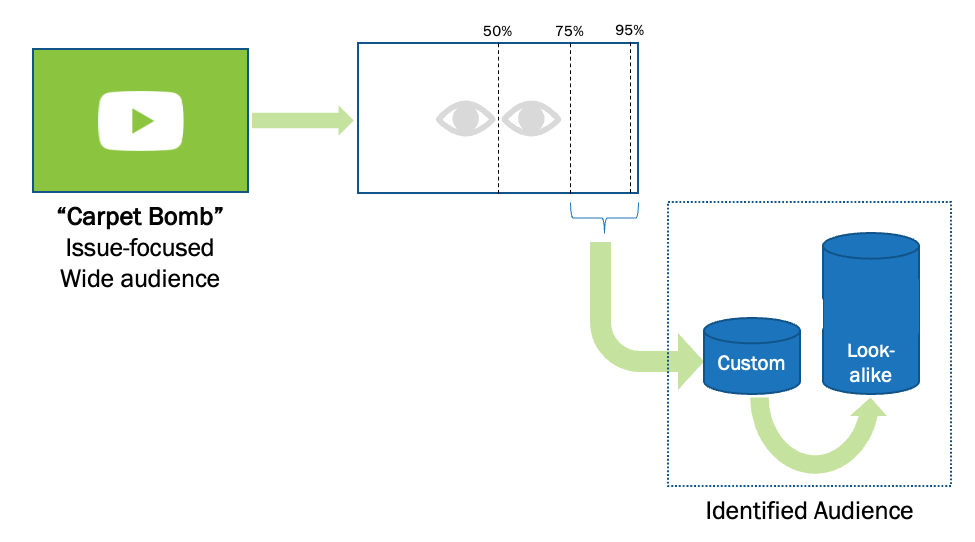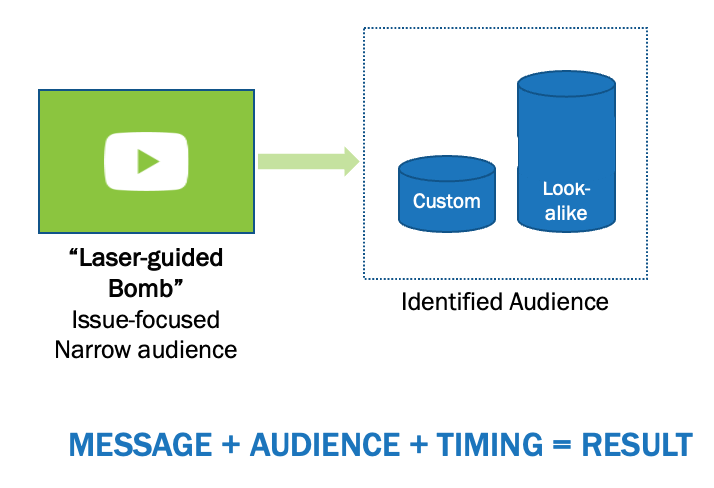Technology is constantly changing, but in 2023, it tossed the political campaign chessboard into the air. In this post, I’ll discuss those changes and how they will combine with electorate shifts to redefine the 2024 landscape.
TL;DR – 2024 Political Campaign Landscape
Generative AI: Nothing will be more essential or disruptive in 2024. Five of Hubspot’s top-nine marketing trends for 2024 involve AI.
X Marks the Spot: Elon Musk’s acquisition and Meta’s shunning of political content mean X is the place to be.
Retail to Wholesale: The GOP primary showed retail politics’ shrinking influence and wholesale’s growing importance.
Rise of the Influencer: Influencers are the wholesale distributors in 2024.
Data Darkness: Several factors are diminishing the amount of data available, requiring you to BYOD (build your own data).
Generative AI
There are two ways to analyze the impact of generative AI on political campaigns in 2024: macro and micro. At the macro level, AI providers like OpenAI are fighting to prevent their tools from being misused to spread disinformation and fuel bot armies. I don’t see a practical way for them to do this and I think most of their policies, actions, and rhetoric are simply to shield themselves from criticism. This week, we saw that someone created a deep fake of Joe Biden and used it in robocalls to NH voters.
By far, the more impactful side of generative AI is its utility for individual political campaigns to use it for digital activism. In previous and upcoming webinars, I’ve shown how ChatGPT can be used to churn through content, analyze legislation and steel-man arguments, identify voter segments, brainstorm content ideas, explore audience triggers, and craft persuasive messaging. If you’re not using generative AI to help craft your messaging, you might was well be using a typewriter instead of a word processor. It’s borderline malpractice not to and campaigns will be separated into those who use generative AI and those who don’t.

This will make it even harder to stand out from the crowd. The ease of mass-producing content is going to raise the bar for content and authenticity. That means making sure you’re proficient at using generative AI while also providing organic appeal by building your personal brand.
X Marks the Spot for Political Campaigns
Since acquiring X, Elon Musk has declared it to be the global town square and embraced politics. Compare that with Meta, which firmly says Facebook is off limits for political content. They limit its reach and heavily censor topics. While organic reach is practically impossible, Facebook does still allow political ads. In January 2023, Musk reversed Twitter’s policy banning political ads and held several Spaces with presidential candidates.
“Whether you’re a Republican or a Democrat, some of your most ardent supporters are on Twitter, and you can more than likely reach them cheaper there than you can on Facebook or Google,” said Tim Cameron, chief executive of political ad firm FlexPoint Media, in a Wall Street Journal article.
The X platform rapidly innovated throughout 2023 in its bid to become the “everything platform.” Notably, they’ve added Premium and Premium+ paid tiers that grant additional features and heavily invested in video infrastructure and Spaces, their live “town hall” chat feature.
Retail to Wholesale
As I write this post in January 2024, we just watched Vivek Ramaswamy rise from unknown to peaking at 8% in the polls (and garnering 7.7% of votes in the Iowa caucus), while Ron DeSantis crashed from a peak of 30% to 10%. Hundreds, if not thousands, of post-mortems will be written about the DeSantis campaign. I expect few, if any, will point the finger at retail politics giving way to wholesale politics.
The rise of social media and independent journalism coinciding with legacy media’s demise are nationalizing our elections. Tip O’Neil famously said, “All politics is local.” That was true for decades. Not anymore. All politics is national now. The powerful and well-funded ground games of Ron DeSantis, Never Back Down, and Nikki Haley didn’t make a dent in Donald Trump’s non-existent campaign. The old gatekeepers were the network news pundits and newspaper opinion editors. The Internet and social media have banished them.
Institutions vs. Collaboration
The most influential book in my life was Here Comes Everybody by Clay Shirky (2005). It’s what knocked my career trajectory off of software development and into digital marketing. When I joined Twitter in 2008, I instantly knew the world had changed. However, reading Shirky’s book helped confirm my intuition and concentrate my efforts. Almost 20 years ago, he presciently described how the Internet would erode institutions. Very few of them listened, including and especially the legacy media. The switch from retail to wholesale is entirely due to this phenomenon of coordination being replaced by collaboration.
“The Internet isn’t a decoration on contemporary society. It’s a challenge to it. A society that has an Internet is different from a society that doesn’t, in the same way that a society that has a printing press is different from a society that doesn’t.”
Clay Shirky
The gatekeeper is dead. Long live the influencer.
Rise of the Influencer
In the bygone age of gatekeepers, political campaigns worked hard to earn access and endorsements from them in order to gain access to massive groups of voters. Today’s decentralized information structure instead is governed by so-called micro-influencers. These people with large but not huge followings who are influential at a local level are an emerging feature of political campaigns. An MIT Technology Review article writes:
But researchers I’ve spoken with over the past few months say the 2024 US presidential election will be the first with widespread use of micro-influencers who don’t typically post about politics and have built small, specific, highly engaged audiences, often composed primarily of one particular demographic. In Wisconsin, for example, such a micro-influencer campaign may have contributed to record voter turnout for the state supreme court election last year. This strategy allows campaigns to plug into a specific group of people via a messenger they already trust. In addition to posting for cash, influencers also help campaigns understand their audience and platforms.
Tate Ryan-Mosley, Three technology trends shaping 2024’s elections – MIT Technology Review
While Democrats seem to effectively be wooing TikTok influencers, Republicans pervade the podcast space (echoing their past dominance of talk radio). Increasingly, savvy political campaigns will be identifying and wooing local influencers in states and cities across the country. This is a strategy digital marketers have been pursuing for many years.
The Law of the Few

In his book The Tipping Point, one of Malcolm Gladwell’s three essentials for creating a viral movement is what he calls “the law of the few.” It’s important to understand that messages don’t go viral from person to person. They go viral from group to group. Gladwell describes three types of people involved in this process. I think of them as the three different kinds of influencers.
- Mavens are the trusted subject matter experts. Followers look to them for sense-making and validation. These include your policy wonks, think tankers, economists, legal analysts, etc.
- Connectors are social butterflies with a knack for generating high levels of engagement with their audience. They’re especially effective at helping messages jump across group barriers. Think Joe Rogan, Dave Rubin, Chris Anderson, etc.
- Salespeople are the expert persuaders. They are charismatically gifted. Think Mr Beast, Tucker Carlson, Rachel Maddow, etc.
Data Darkness
Another political campaign trend that will continue into 2024 is the slow but steady choking off of marketing data. Privacy laws, cookie policies, and plain old corporate greed all have reduced the amount of tracking data available. This has made analysis and targeting more difficult.
“We’re in a low-data era of marketing, so get ready to make more decisions with less decision support. It’s going to be like the old days of advertising. Do the things that have always built awareness and trust. Create videos, publish research reports, get active with PR, collaborate with influencers. You won’t be able to connect all the dots, but strategy and fundamentals still apply. Those will never change.”
Andy Crestodina, Co-founder and CMO at Orbit Media, 9 Pivotal Marketing Trends to Watch in 2024 – Hubspot
In a more practical sense, it means the practice of BYOD (bring your own data) has never been more critical. Building your own email lists and custom audiences with detailed segments is crucial. This is best achieved through a deliberate two-step process of publishing video content and then targeting viewers with customized, relevant messaging.
Audience Engineering
There’s a two-step process I call audience engineering that can help a political campaign identify and segment the people they want to reach. The first step is the “carpet bombing” phase. This requires an informative, issue-focused video that delivers content that will engage people interested in that specific issue. It’s very important that this be information-based and not the least bit “salesey.” Post the video online to a very broad audience and then create custom a custom audience that includes people who watched at least 75% or 95% (depending on the length of your video). Boost it if you need to so that you get at least 1,000 long views. Finally, create a lookalike audience from those viewers.

Once you’ve created an audience of people who self-selected themselves, you can follow up with messages tailor-made for them. This is the “laser-guided bomb” phase. Create an ad campaign targeting that identified audience and customize the message to address the issue from the previous step. Effective marketing is all about getting the right message to the right people at the right time. This is how professional marketers build their own data and avoid relying on questionable affinity targeting.

Conclusion
2024 is going to be a wild ride. 2023 arguably saw the fastest, most dramatic shift in political campaign strategy ever. The sudden appearance of generative AI, the reformation of Twitter, and the final stages of coordinating institutions being replaced by cooperative platforms all mean that traditional political campaigning is being displaced by digital activism. Successful candidates and activists must understand how to leverage professional digital marketing strategies and tactics to succeed in 2024 and beyond.

